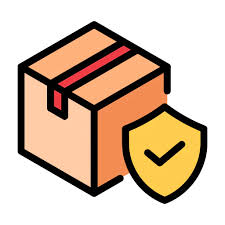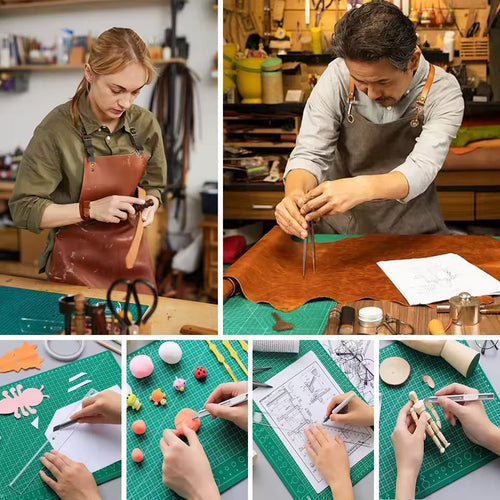Tired of your sewing machine jamming or skipping stitches? This guide on troubleshooting your sewing machine: tips for quick fixes will help you solve common problems fast—so you can get back to sewing with confidence.
Why Troubleshooting Your Sewing Machine Matters
A sewing machine that works smoothly makes sewing easier and more enjoyable. Small issues like thread bunching or uneven stitches can slow down your project and damage fabric. Fixing these problems quickly avoids bigger repairs later. While some cases require professional help, many common problems can be fixed at home with simple checks and tools.
Common Sewing Machine Problems and Their Causes
| Problem | Possible Causes |
|---|---|
| Thread bunching | Incorrect threading, bobbin issues |
| Skipped stitches | Dull needle, wrong needle type |
| Breaking needles | Bent needle, hitting fabric or plate |
| Fabric not moving | Feed dogs down, lint blockage |
| Loud noises | Lack of oil, loose parts, dirt buildup |
| Machine not turning on | Power issues, blown fuse, faulty motor |
Thread Bunching Under Fabric – Causes and Fixes
Check that the top thread is threaded correctly and the bobbin is inserted properly. Adjust the thread tension dial if needed. Remove the throat plate and clean out lint from the feed dogs. Rethread the machine from the spool to the needle.
Skipped Stitches – What to Check
Inspect your needle. A dull or bent needle can miss stitches. Make sure you're using the right needle for your fabric. Recheck threading from start to finish. Make sure the feed dogs are engaged and clean. Use matching thread and fabric types.
Machine Making Strange Noises – Quick Fix Tips
Strange noises usually mean something is loose or dry. Apply sewing machine oil to moving parts. Tighten any loose screws. Remove the bobbin case and clean out lint. Check if the needle is installed correctly and is not bent.
Machine Won’t Turn On – Step-by-Step Fix
First, test the power cord and outlet. If the machine still does not turn on, check the fuse or circuit breaker. Inspect the foot pedal for damage. If none of these steps work, contact a repair technician for help.
Tension Problems – Solving Uneven Stitches
Uneven stitches are usually caused by incorrect tension. Identify whether the issue is in the top thread or bobbin. Adjust the tension dial slowly while testing on scrap fabric. Use the right thread thickness for your material. Clean the tension disks with a soft brush.
Breaking Needles – What’s Going Wrong?
Make sure the needle is inserted all the way and facing the right direction. Use the correct needle type and size for your fabric. Avoid sewing thick seams with fine needles. Replace needles after every major project.
Cleaning and Maintenance to Prevent Issues
Clean your sewing machine regularly. Use a lint brush to remove thread buildup, especially near the bobbin area and feed dogs. Apply a drop of machine oil to moving parts. Keep your workspace dust-free and dry.
Testing After Troubleshooting – What to Look For
Test on a scrap fabric piece. Check for smooth and even stitches. Run the machine at different speeds to ensure stability. Listen for any unusual sounds. Confirm thread tension is even.
Tools and Supplies for Troubleshooting Your Sewing Machine
Keep a small kit with basic tools: screwdriver, lint brush, machine oil, spare needles and bobbins, and an LED magnifier. These items make fixes easier and faster.
When to Replace vs. Repair a Sewing Machine
Compare repair costs with the price of a new machine. If your sewing machine is older and parts are hard to find, replacing it might make sense. If a repair costs over half the price of a new model, consider upgrading.
Choosing the Right Sewing Machine Repair Services in the US
Look for certified shops with trained technicians. Read customer reviews to check service quality. Ask about repair guarantees. Compare service costs and turnaround times. A local repair shop is often more convenient and cost-effective.
Troubleshooting Your Sewing Machine: Tips for Quick Fixes – Final Checklist
Recheck threading and bobbin. Clean and oil machine parts. Use correct needle and thread type. Adjust tension as needed. Test before starting new projects. Know when to call a technician.
FAQs
What should I do if my sewing machine keeps jamming? Start by rethreading the top thread and bobbin. Clean out lint and check for thread snags.
Why does my needle keep breaking? Check for bent or wrong-sized needles. Avoid sewing over pins or thick fabric layers.
How do I know if my tension is too tight or too loose? Tight tension causes puckering. Loose tension leads to loose loops on the fabric underside.
Can I fix a sewing machine motor problem at home? Check power and pedal connection. For motor issues, contact a technician.
How often should I oil my sewing machine? Oil every 8-10 hours of use or after a major project. Use only sewing machine oil.
HandMade Keeps encourages sewing lovers in the United States to take care of their machines with confidence. Whether you're patching with precision using our Patchwork Rotary Cutter, crafting with our Quilters Cutting Mat, or designing with our 5 In 1 Quilt Cutting Template, knowing how to troubleshoot your sewing machine saves time and stress. Our Quilt Cutting Template - Free Gift Offer and Ultimate Bundle of Quilting Guides are perfect for creators who want clean results, every time.




